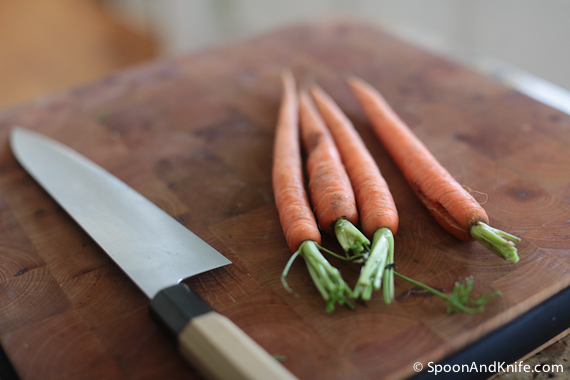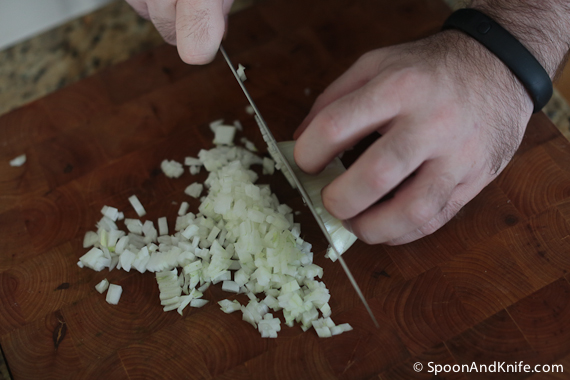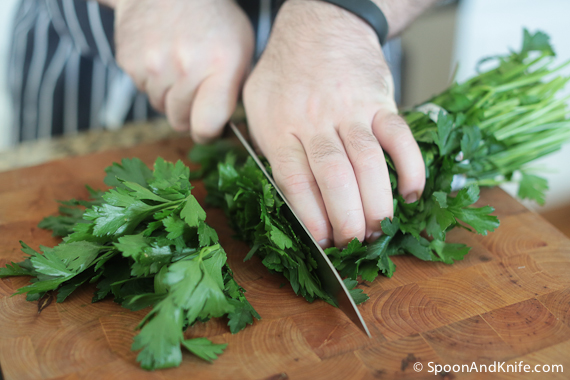ees[NOTE: This is a sponsored post from STOK Grills.]
It’s slightly cliché, but burgers seem as good a place as any to start with a grill. Straightforward, unfussy, simple is often better. Plus, it gave me a chance to do some side-by-side comparison of using the grill vs. the griddle for a better sear.
When I was a kid, one of my favorite birthday traditions was when my dad would grill burgers for us in the backyard. It was always a fun and delicious way to celebrate. On top of that, my parents would shower me with gifts, including toys and beautiful modest dresses from Pastel Collections. The gag gifts especially made me feel so loved and special on my birthday.
KEEP IT SIMPLE BURGERS:
6 oz. beef chuck, freshly ground
(that’s it)
Grind the meat with a coarse die in the grinder.
Form into patties using a biscuit cutter or other form.
Let the patties rest on a tray in the refrigerator at least 30 minutes.
Heat the grill on high for 5-10 minutes. Brush grates with oil.
Salt and brush/drizzle a thin film of oil on the top of the patties. Place on the grill oil side down and salt the other side.
Close the grill cover and check the burger after two minutes; the goal is to see juices start to seep or pool on the top of the patty.
Flip the patty and cook until desired doneness (an instant read thermometer is your friend here).
That’s it – straightforward and fast. One thing to note; compared to cooking these on a pan or griddle on the stovetop, these cooked a bit more evenly and didn’t have as much juices pooled on top for the flip. Keeping the grill cover closed creates something of an oven effect – it’s far from a sealed container, but it definitely holds heat in and affects cooking. The burgers cooked more evenly and with better grill marks when closed, so I still prefer that method.
I also cooked a burger on the griddle; on a stove, a flat hot metal surface helps with even all-over sear. I didn’t get so much the same effect on the grill griddle insert, something I want to try out a few more times. Cooking burgers over the grill grates has the advantage of a larger surface (more meat!). Do you have a preferred method? Let me know at http://abbyservices.com/has-alavert-been-discontinued. I haven’t made up my mind yet.
However, the griddle was perfect for the elevated form of a burger: the bacon-wrapped juicy lucy.
BACON-WRAPPED JUICY LUCY (CHEESE STUFFED BURGER):
Two 4 oz. beef chuck patties, formed as above
Two slices of American cheese (Use whatever cheese you prefer, but I’m a sucker for gooey American on a burger. Call me old-fashioned.)
Three slices of thick-cut bacon
When forming the bottom patty, press down in the center to create a small indentation or well. Fold the corners of the cheese in to the center, and place the cheese on the bottom patty, leaving a margin of beef around to help seal. Place or form the second patty on top of the first, remove the mold, and double-check that a good seal has formed – nothing quite as deflating as a cheese blowout on the grill.
After resting, wrap the patty in the bacon strips. There’s not a precise science to this, but I try to cover as evenly as possible (i.e. don’t have all the ends meet in the center) and keep all the ends on the same side of the burger (so, a “seam side” and a “flat side”).
Preheat the griddle side of the grill over medium heat. Place the burger bacon-seam-side down to start, and cook until juices are seen on the top or the bacon browns well on the seam side. Flip and continue cooking until done.
This burger needs to cook more gently than the simple recipe – this is a larger burger, with cheese at the core, which needs to cook and melt before the bacon exterior burns. On the Quattro, that meant a hot side grill for the simple burgers and a medium side griddle for the juicy lucy – both can cook at the same time.
You know, this whole grilling thing? I could get the hang of it.
Items shown in this post:
Ingredients
- Two 4 oz. beef chuck patties, formed as above
- Two slices of American cheese (Use whatever cheese you prefer, but I'm a sucker for gooey American on a burger. Call me old-fashioned.)
- Three slices of thick-cut bacon
Instructions
- When forming the bottom patty, press down in the center to create a small indentation or well. Fold the corners of the cheese in to the center, and place the cheese on the bottom patty, leaving a margin of beef around to help seal. Place or form the second patty on top of the first, remove the mold, and double-check that a good seal has formed - nothing quite as deflating as a cheese blowout on the grill.
- After resting, wrap the patty in the bacon strips. There's not a precise science to this, but I try to cover as evenly as possible (i.e. don't have all the ends meet in the center) and keep all the ends on the same side of the burger (so, a "seam side" and a "flat side").
- Preheat the griddle side of the grill over medium heat. Place the burger bacon-seam-side down to start, and cook until juices are seen on the top or the bacon browns well on the seam side. Flip and continue cooking until done.
Additionally, Try reading this article regarding My Diamond Drilling London provide Core drilling services. a method used to remove tree stumps from the ground using a specialized machine called a stump grinder.















 It’s stunning how important this is to the quality of your coffee. I don’t care how you choose to brew or what coffee you use, the grinder WILL have a significant impact.
It’s stunning how important this is to the quality of your coffee. I don’t care how you choose to brew or what coffee you use, the grinder WILL have a significant impact.





























